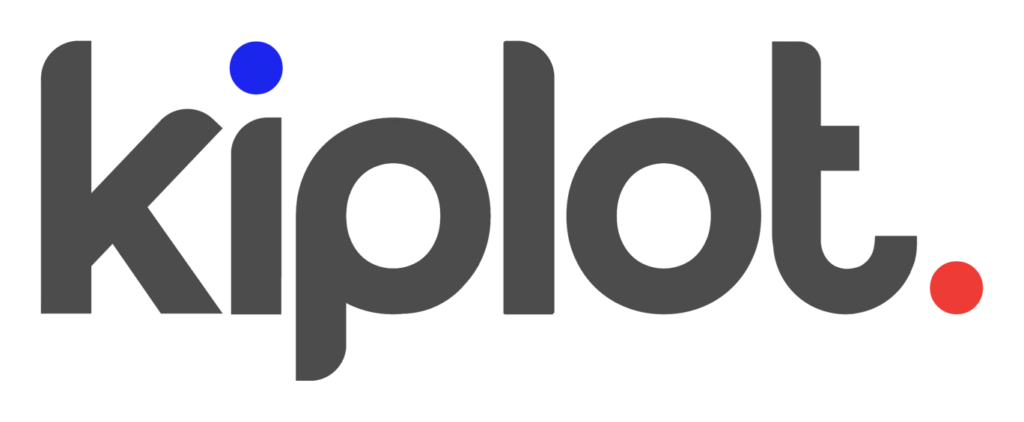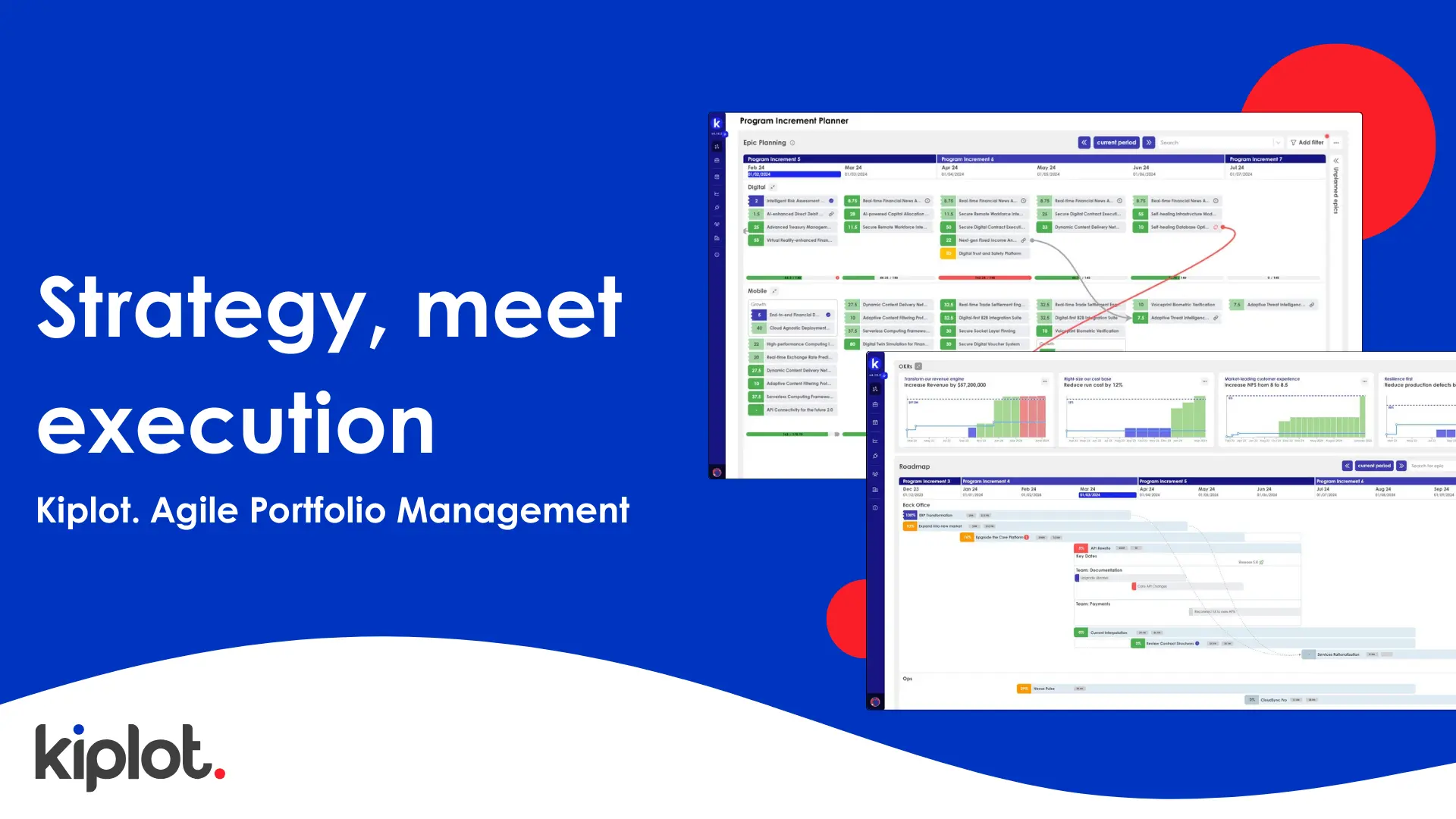
Most organisations want to move faster, become more nimble, and deliver better customer outcomes. Many of them already know that to achieve this, they must move away from a top-down flow of ideas, and towards a culture where the teams closest to the customer, can design be empowered to design, build and deliver value.
But in pursuit of this goal, organisations often inadvertently confuse empowerment with accountability.
What does over-emphasis on accountability look like?
A key indicator of an over-emphasis on accountability is focussing on output, rather than outcomes. Here are some examples of the kinds management questions, when used exclusively, that characterise an organisation with this tendency:
“How many features did/will we deliver this quarter?”
“Did/will the initiative deliver on budget?
“Did/will we reach our revenue growth / cost reduction target?”
“Did/will we reach our sprint goals?”
While a these sorts of questions might help to focus the minds of your teams in the moment, they are not the same as empowerment, and should not be confused. Accountability is an unpleasant tasting dish, when served without with empowerment. Relentless focus on accountability alone can have serious negative consequences.
What are the dangers of overemphasising accountability?
Short-termism – placing too much emphasis on output can discourage your teams from prioritising strategic benefit to customers. Focussing on meeting your sprint targets, release schedule or cost forecast requires different decision criteria that in some cases, may contrast with your strategy.

Poor collaboration – teams living in fear of the consequences of their accountability. This can incentivise teams to maintain “blame game” audit trails, and waste time with “arse covering” tactics.
Increased bureaucracy – an organisation with a swollen middle management layer who are tasked with recording and managing the governance across and delegated accountability. Teams become focused on navigating this governance, rather than focussing on the customer.
Unmotivated teams – all of this results in a culture where teams suffer poor motivation and struggle to connect the reality of their day-to-day activities, with the broader objectives of the organisation.
When we tell people what to do, we get workers. When we trust people to get the job done, we get leaders.
So what does empowerment look like?
Introducing empowerment into your organisation can be done incrementally. Here are some good examples:
Giving responsibility in decision making meetings – don’t just invite your teams to the meeting, but assign real responsibility and ensure they have an active role that contributes to the decision making processes
Access to data and transparency – ensure your teams have access to data beyond the data they need to execute their operational responsibilities. This insight helps to build context about the broader organisation that will facilitate ideation and decision making.
Access to the tools they want (not just the tools they need) – your teams know better than you do what they need to be more effective. Adopting modern enterprise procurement processes to increase access to productivity and capability software will reduce the barrier to innovation
Front line decision making – giving the decision making power to those who are dealing directly with the customer will not only build trust with your teams, but significant improve customer outcomes

